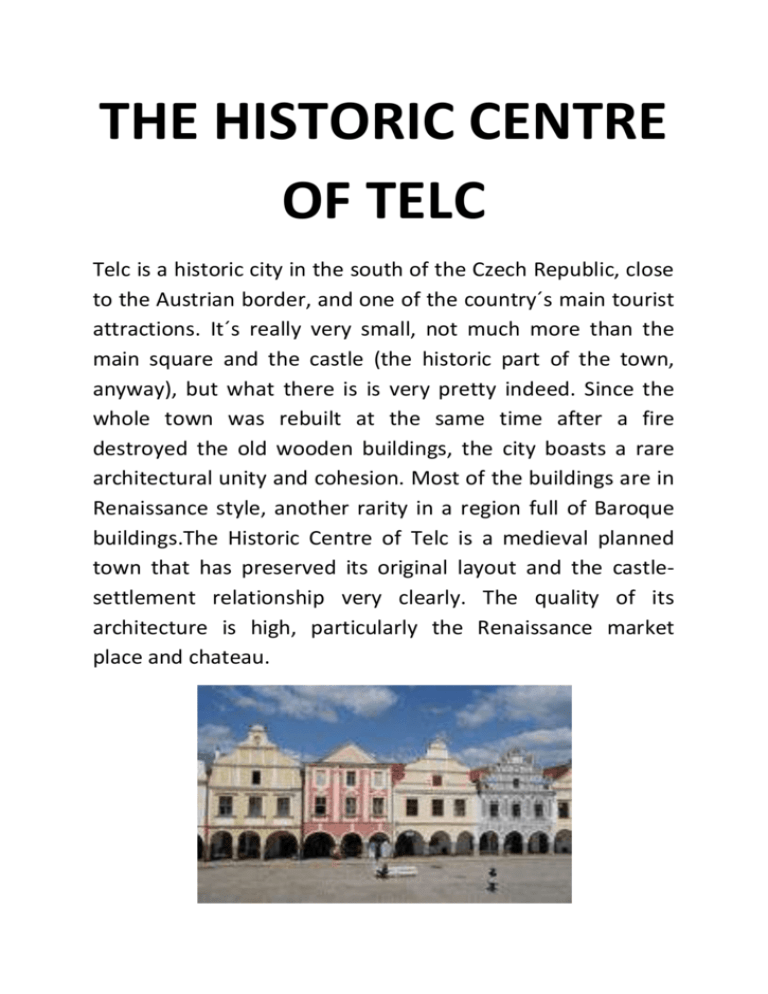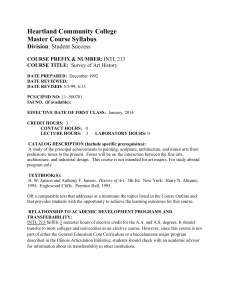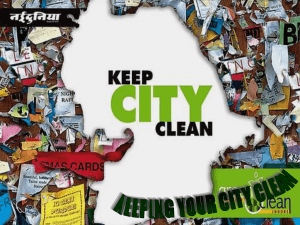Telc
advertisement

THE HISTORIC CENTRE OF TELC Telc is a historic city in the south of the Czech Republic, close to the Austrian border, and one of the country´s main tourist attractions. It´s really very small, not much more than the main square and the castle (the historic part of the town, anyway), but what there is is very pretty indeed. Since the whole town was rebuilt at the same time after a fire destroyed the old wooden buildings, the city boasts a rare architectural unity and cohesion. Most of the buildings are in Renaissance style, another rarity in a region full of Baroque buildings.The Historic Centre of Telc is a medieval planned town that has preserved its original layout and the castlesettlement relationship very clearly. The quality of its architecture is high, particularly the Renaissance market place and chateau. This town consists of the main square, the adjacent streets of the old town, the castle and the surrounding fish ponds. The main square is a coherent complex in the form of an elongated triangle. All the well-conserved Baroque and Renaissance houses have high gables and arcades. It’s a great pleasure to stroll around the square and under the arcades and to study in detail the graffiti and the colourful decoration of the façades The triangular market place possesses great beauty and harmony as well as great cultural importance, surrounded as it is by intact and well preserved Renaissance buildings with a dazzling variety of facades. HISTORY The town of Telè, a beautiful town century founded in the 14th that was prosperous especially under Zachariáš of Hradec. It has a very small centre on a low hill, encircled by three defensives fishponds (Štěpnický, Ulický and Staroměstský; there are also remains of the stone walls and two decorated gates), and consists only in a stunning huge market square, dedicated in 1990 to Zachariáš of Hradec, in the form of an elongated triangle, and in the surrounding streets. The beautiful porticated Gothic and Renaissance houses on the square are conformed on a standard plan and have nice Baroque or Rococo or classical façades, reconstructed also after a fire in the 19th century, decorated or painted, and all of almost the same height; they were damaged by a war in 1359 and were wooden until a fire in 1386, when were reconstructed in stone, and then in Renaissance style after a second fire. The castle is a big Renaissance masterpiece (originally Gothic, reconstructed in High Gothic style), constructed by Baldassarre Maggi from Arogno. The pentagonal main court has protected and arcaded aerial passages; the chapel of All Saints has vaulting with stucco and some tombs. On the ground floor there are four rooms: the Banqueting Hall, with graffiti showing biblical and mythological scenes, the Treasury, with graffiti representing architectonic elements, the Chapel of St. George with ceiling with stucco and walls with relieves, and the Armoury, with Gothic vaults. On the first floor there are many rooms. The second and biggest Banqueting Hall, that was also used as theatre, has a stucco, fresco and graffiti decoration, a fireplace and an adjacent studying room with a library; near that are some rooms where are displayed arms, furniture, portraits, ceramics from Faenza and many African hunting trophies that belonged to the last owners of the castle, the family Podstatský. The Hall of the Riders, which was used for the hearings, has a false marble floor, a beautiful painted coffered ceiling, portraits and a nice fireplace. The Golden Hall, that was used for events and balls, has a stunning ceiling, with octagonal coffers with mythological relieves, and a fresco representing also some castles fighting for the inheritance of the family Witkowitz. The Blue Hall has a coffered ceiling and a tapestry and the Small Hall has portraits of emperors on the ceiling, mythological scenes on the walls and displays ceramics from Delft. A staircase, where is also displayed a Baroque sledge, brings to the nice garden. There are also the church of St. James, that was reconstructed after the fire in 1386 and has two Gothic naves, a tower with a Baroque dome and a Renaissance choir, the church of the Holy Ghost, with a beautiful Romanesque tower, the Baroque Jesuitical complex formed by the church of the Name of Jesus, with two towers, and the college and the column of the Virgin. This town is one of the most beautiful places because of the quality of the architecture and of the decorations also of the interiors; it's the most picturesque town in Moravia Zacharia Square In a country that has plenty of pretty town squares this one has to take the prize for the prettiest. The town centre is small and is little more than a square. It is encircled on three sides by ponds that were used as defensive moats originally and now are used for rowing boats. Most of the houses on the square are gabbled and ornately decorated; many have private rooms to rent, many work out to be quite cheap and offer a great central location. The chateau at the end of the square is delightful, with minstrels playing in the gallery overlooking the courtyard. Beyond were verdant meadows adjoining the fish ponds. There is a châteaux at one end of the square that has some immaculately kept gardens and a clock tower that gives you a good over view of the whole town. During night the square is dimly lit and feels almost set like back in time. There is a medieval fair in the main square so there are many tourists. Usually it’s very quiet, This may have to do with the fact that it can be quite a hard place to get to; as the train links are very infrequent, only really two trains of any use service it a day. The best way to get here is by bus. It is only 20km along the road from Trebic which is also a WHS and it is a pretty simple trip to make. It is one of the prettiest places in Central Europe and a perfect place to spend some time relaxing. .






